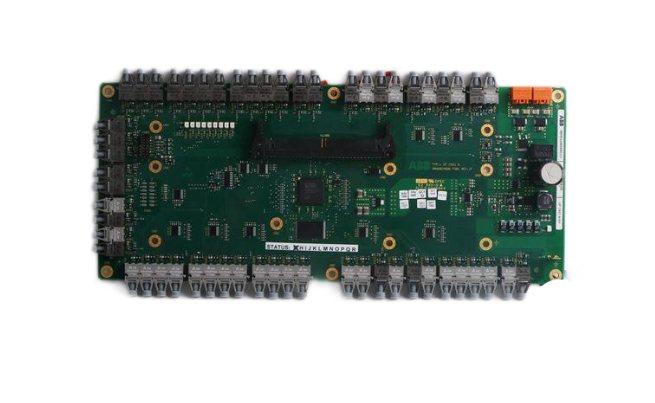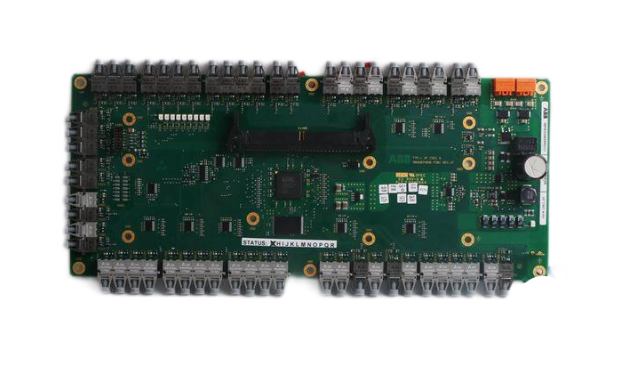The deep integration of digitalization and greening promotes the low-carbon development of new infrastructure
Second, the pressure of energy conservation is forcing the green and low-carbon development of new infrastructure
In order to cope with the pressure of rapid growth in energy consumption, continue to improve the energy efficiency of information infrastructure, help infrastructure reduce costs and increase efficiency, and achieve the goal of "carbon peak and carbon neutrality" in emission reduction, in recent years, the industry has actively explored and developed green low-carbon technologies and promoted their application.
At the data center level, the industry is actively exploring new green and low-carbon technologies at the IT equipment, supporting facilities and overall level. In terms of IT equipment, cloud computing and other technologies are continuously promoted to pool and virtualize data center resources, greatly improving the utilization of servers at the same energy consumption level. Technologies such as inter-cloud interconnection, cloud-side collaboration, and multi-cloud disaster recovery will greatly improve the overall network energy efficiency. At the same time, the data center micro-module technology, which integrates the main equipment and supporting facilities, also plays an important role in helping to improve the energy efficiency of the data center. In terms of refrigeration technology, near-end cooling technologies such as inter-column cooling and backplane cooling, as well as energy-saving technologies using natural cold sources such as indirect evaporation cooling, have been applied on a large scale, and the effect of energy saving and emission reduction is remarkable. At the same time, the new refrigeration system represented by liquid cooling technology has gradually matured and is steadily promoting its industrialization process. In terms of power supply and distribution system, the landing application of modular UPS, high voltage DC power supply, one direct power supply, one guarantee power supply and other technologies effectively reduces the power loss of the power supply and distribution system. With the decline in the cost of new energy systems such as photovoltaic, the proportion of green energy direct supply capacity in data centers is also rising. At the overall level of the data center, the comprehensive energy management technology, which collects and analyzes various data such as temperature, humidity, voltage, current and power of the data center, and dynamically optimizes the working status of equipment and systems in various professional fields in real time through artificial intelligence and big data technology, is also continuously promoted. In addition, the application of waste heat recovery technology in data centers has also effectively improved the energy use efficiency of the whole society.

In terms of 5G base stations, the construction of green base stations will be comprehensively promoted from the level of network, main equipment and supporting infrastructure. At the level of network and main equipment, software energy-saving technologies such as wireless network sub-frame shutdown, channel shutdown, shallow hibernation, and deep hibernation are promoted throughout the network, and the energy efficiency of 5G network is greatly improved through different working state control of main equipment based on load. At the same time, the wireless network uses C-RAN architecture to simplify the configuration of power and air conditioning, reduce the power consumption of supporting facilities, and improve the overall energy efficiency of the base station. Actively promote the co-construction and sharing of 5G networks and base stations, and significantly reduce carbon emissions. At the level of supporting facilities, it synchronously promotes natural cold source applications including fresh air, heat exchange, heat pipe, etc., and the energy efficiency is increased to tens of times compared with traditional base station air conditioners. In addition, in areas where conditions exist, the construction of photovoltaic or wind energy systems encourages the application of more green energy by prioritizing the use of renewable energy technologies to achieve the goal of reducing carbon at the source. At the same time, boost power supply technology and digital energy storage technology are used to continuously promote the energy efficiency of the base station power supply system.
In terms of communication networks, we will actively build a fully optical, wide coverage, large capacity, flat, intelligent and efficient cloud network fusion information infrastructure. Through optical fiber access to replace copper cable access, create an all-optical transmission network, effectively reduce photoelectric conversion, greatly reduce network energy consumption. Focus on building "one physical network, multiple logical service networks" to reduce the number of network node devices and energy consumption. The backbone network introduces large capacity and energy efficiency network equipment. New network technologies such as SRv6, EVPN, and FlexE are deployed, and end-to-end SDN controllers are introduced to improve network intelligence and service capabilities. In addition, 2G streamlining and 3G frequency reduction work were carried out, and old and energy-consuming equipment was eliminated to continuously improve network performance.
- EMERSON
- Honeywell
- CTI
- Rolls-Royce
- General Electric
- Woodward
- Yaskawa
- xYCOM
- Motorola
- Siemens
- Rockwell
- ABB
- B&R
- HIMA
- Construction site
- electricity
- Automobile market
- PLC
- DCS
- Motor drivers
- VSD
- Implications
- cement
- CO2
- CEM
- methane
- Artificial intelligence
- Titanic
- Solar energy
- Hydrogen fuel cell
- Hydrogen and fuel cells
- Hydrogen and oxygen fuel cells
- tyre
- Chemical fiber
- dynamo
- corpuscle
- Pulp and paper
- printing
- fossil
- FANUC
- Food and beverage
- Life science
- Sewage treatment
- Personal care
- electricity
- boats
- infrastructure
- Automobile industry
- metallurgy
- Nuclear power generation
- Geothermal power generation
- Water and wastewater
- Infrastructure construction
- Mine hazard
- steel
- papermaking
- Natural gas industry
- Infrastructure construction
- Power and energy
- Rubber and plastic
- Renewable energy
- pharmacy
- mining
- Plastic industry
- Schneider
- Kongsberg
- NI
- Wind energy
- International petroleum
- International new energy network
- gas
- WATLOW
- ProSoft
- SEW
- wind
- ADVANCED
- Reliance
- YOKOGAWA
- TRICONEX
- FOXBORO
- METSO
- MAN
- Advantest
- ADVANCED
- ALSTOM
- Control Wave
- AB
- AMAT
- STUDER
- KONGSBERG
- MOTOROLA
- DANAHER MOTION
- Bently
- Galil
- EATON
- MOLEX
- Triconex
- DEIF
- B&W
- ZYGO
- Aerotech
- DANFOSS
- KOLLMORGEN
- Beijer
- Endress+Hauser
- MOOG
- KB
- Moxa
- Rexroth


Email:wang@kongjiangauto.com


























































































































